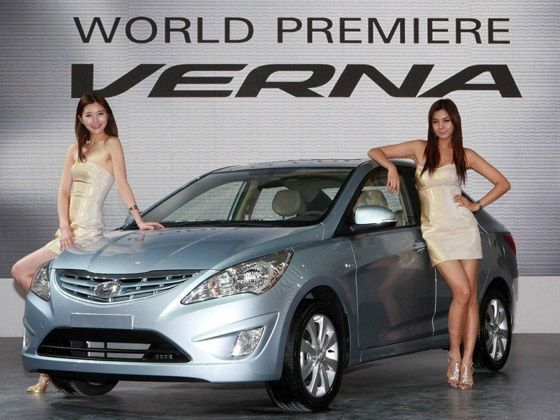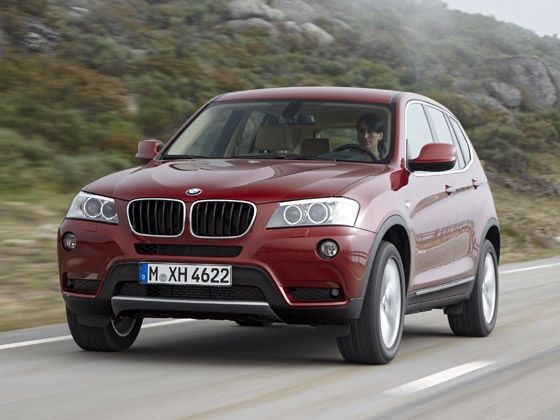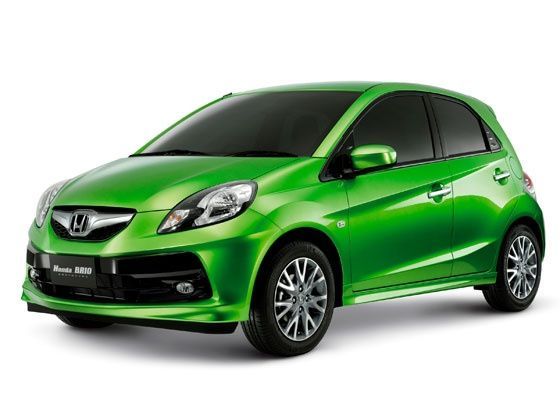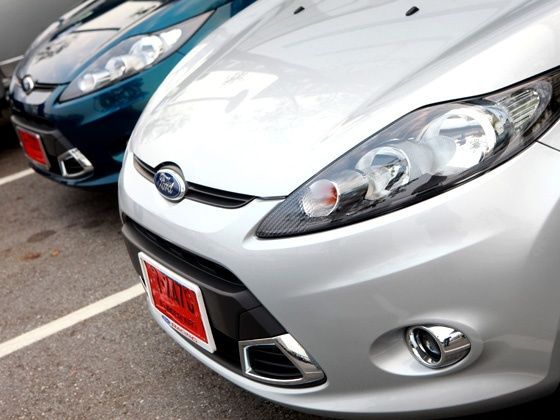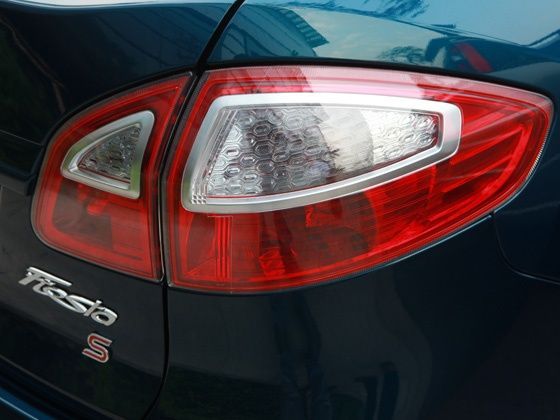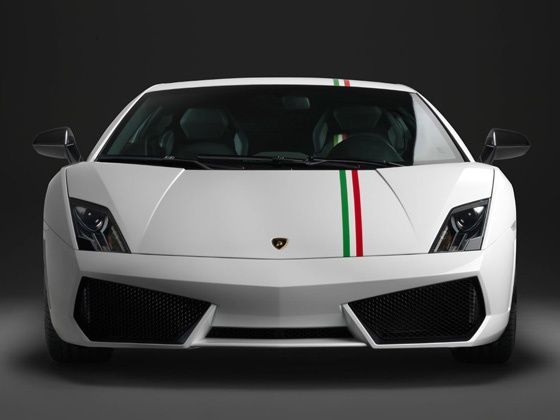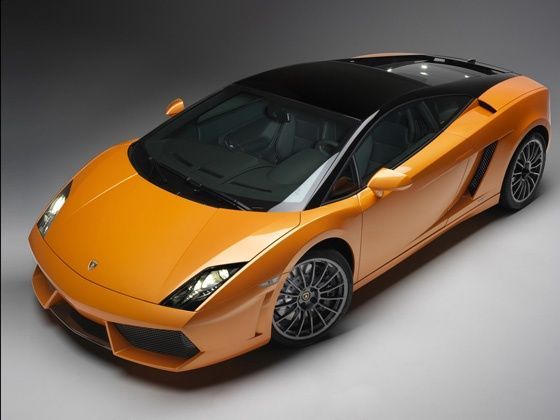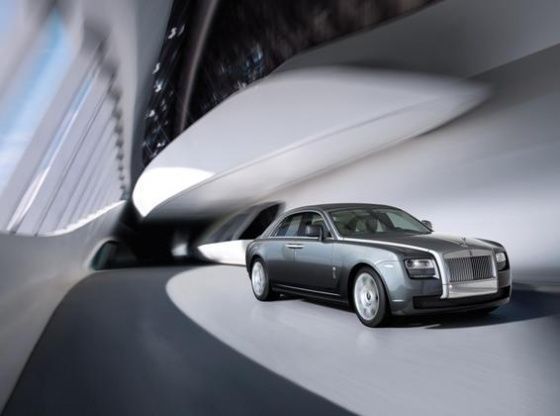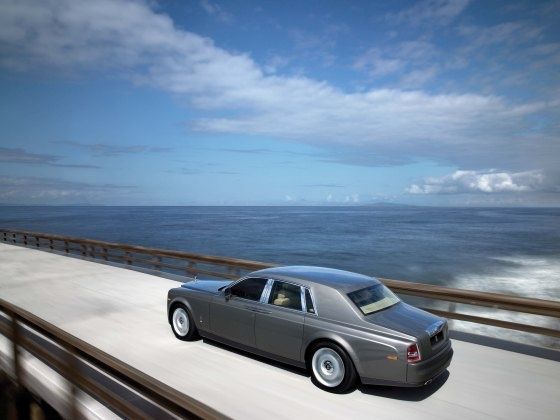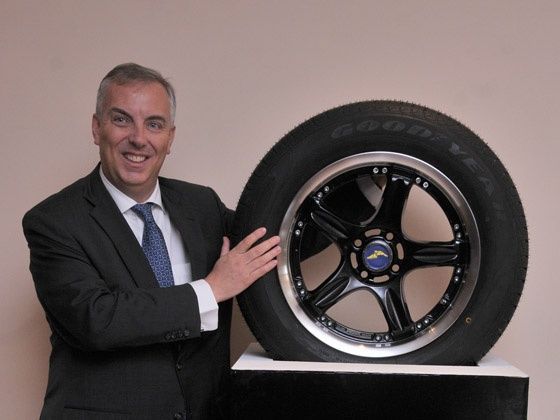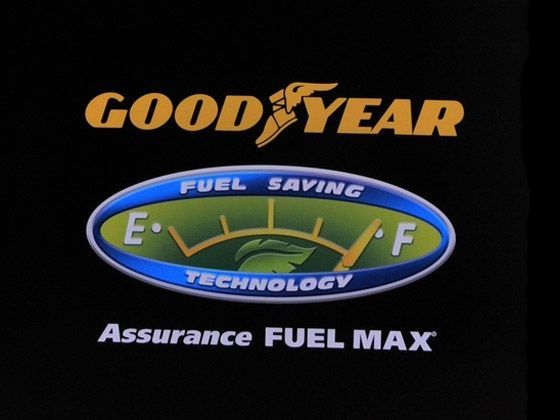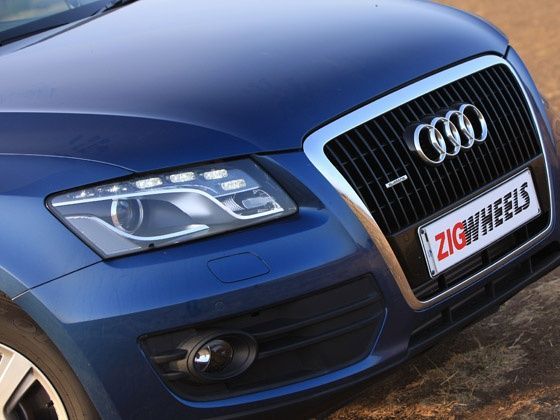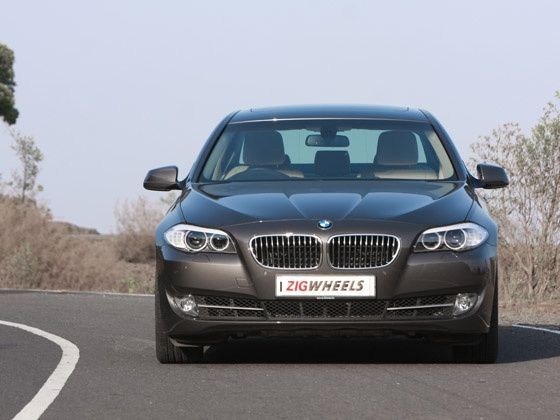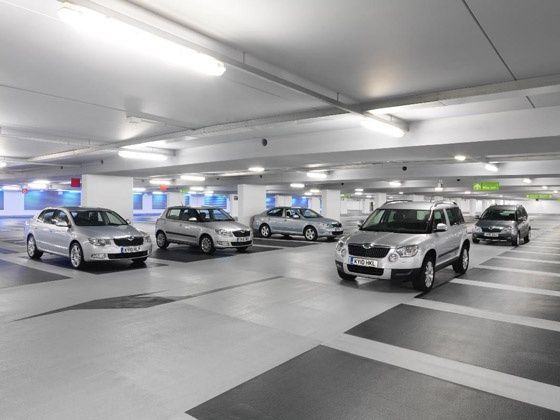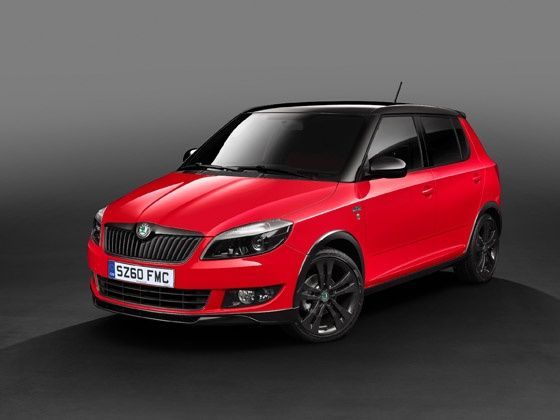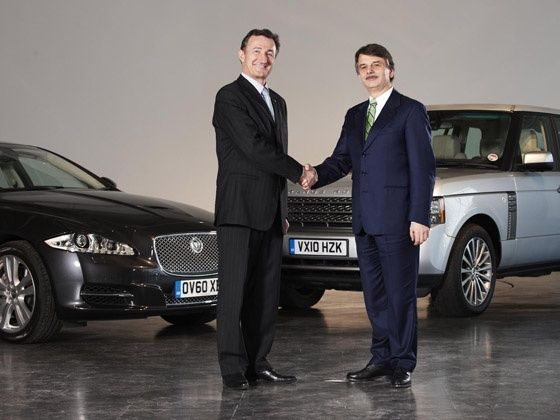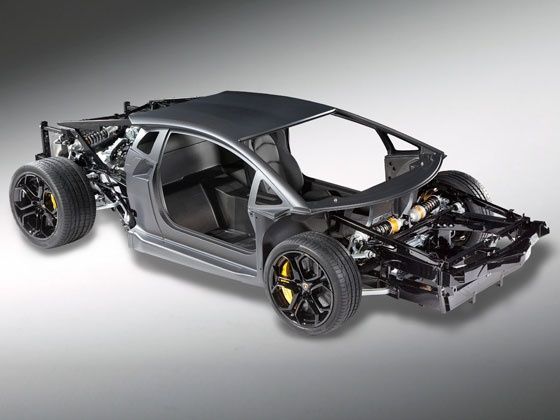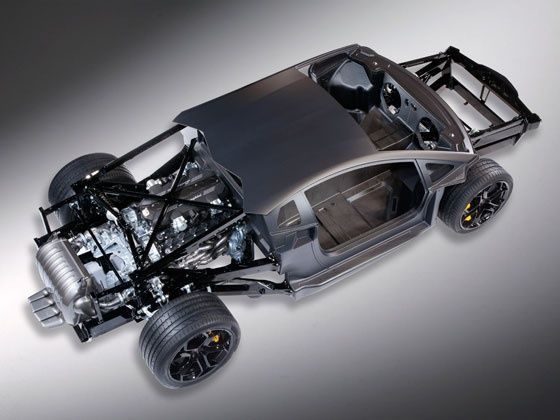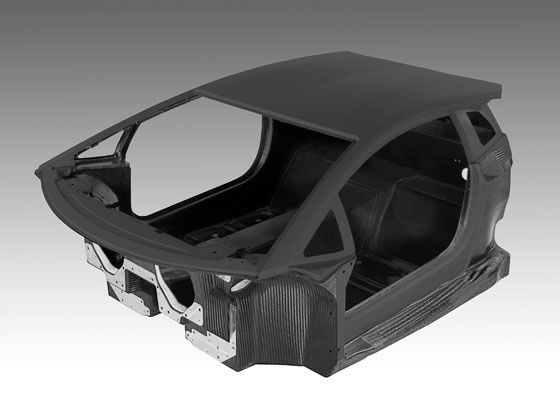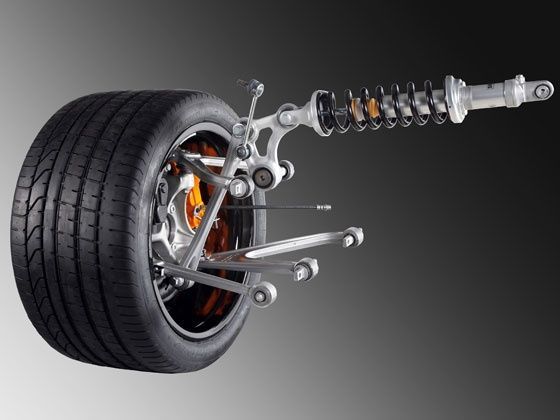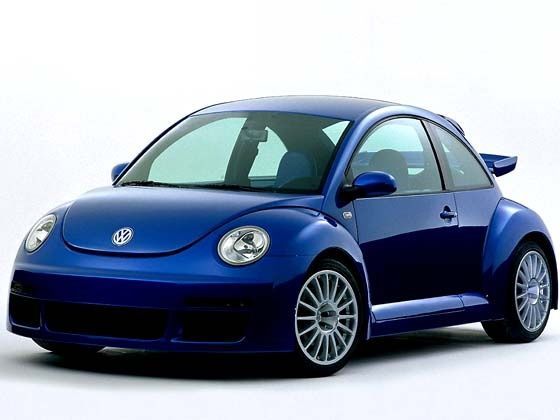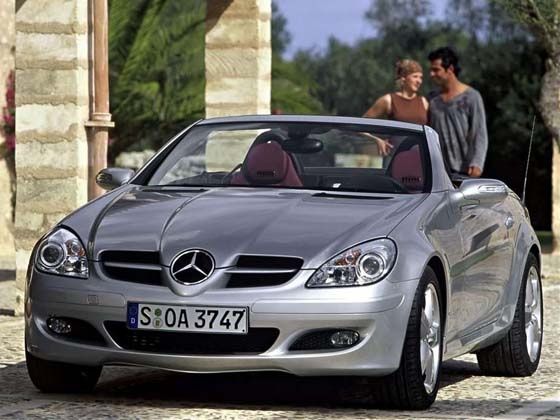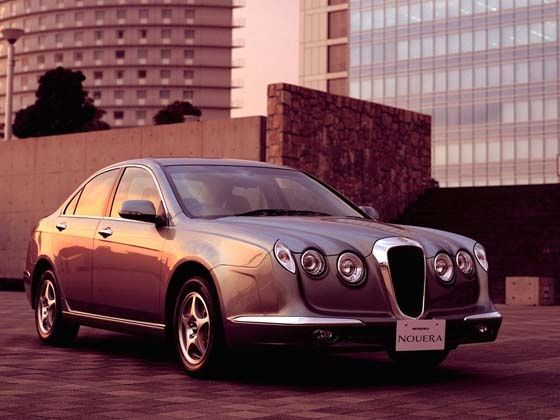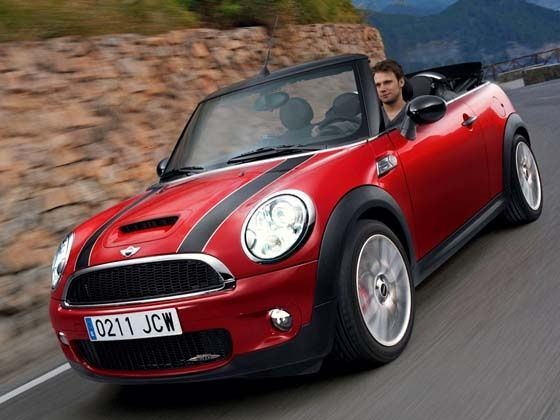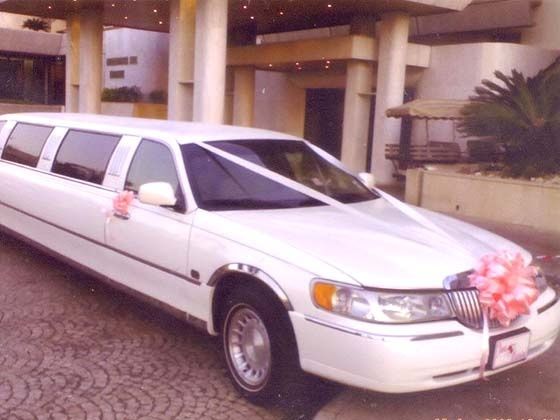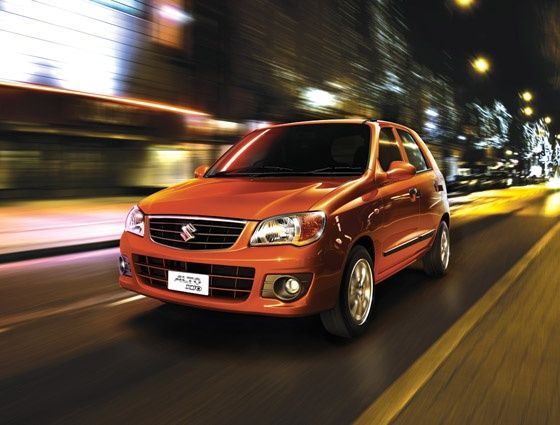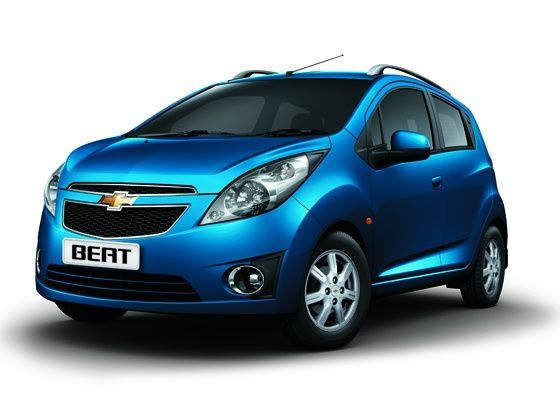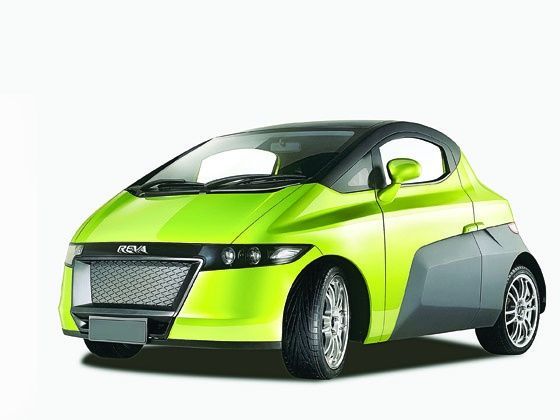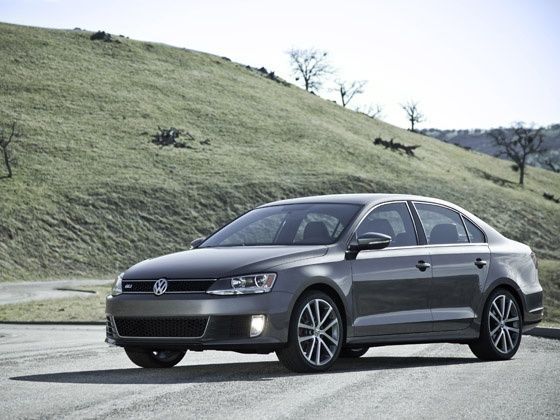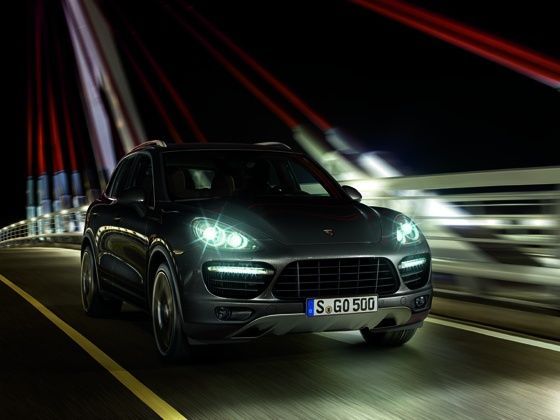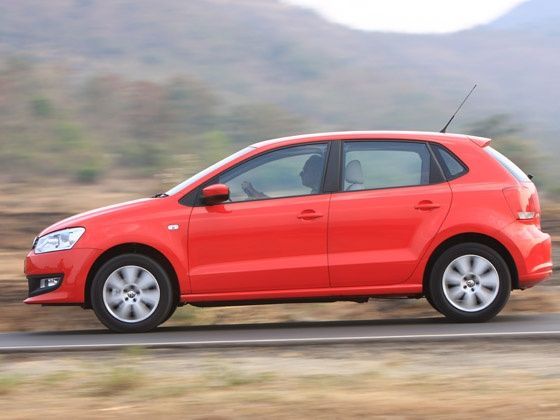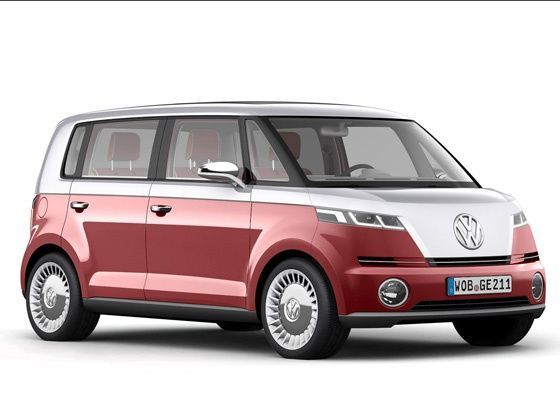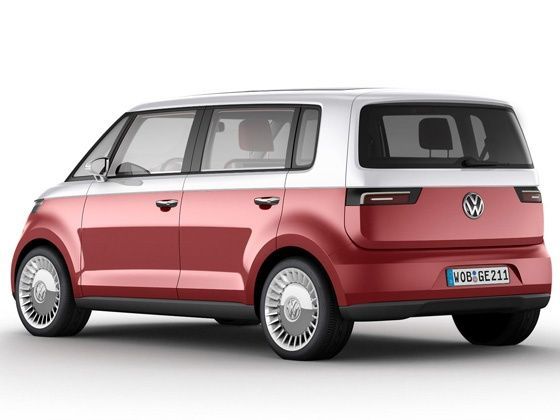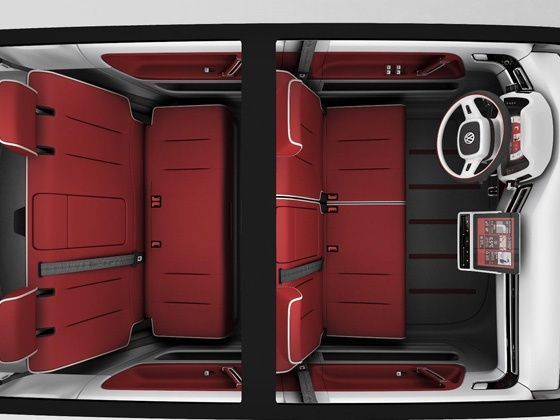Lamborghini finally launched the Aventador LP700-4 - the supercar to replace the Murcielago - at the 2011 Geneva Motor Show. And what a really super car it is...
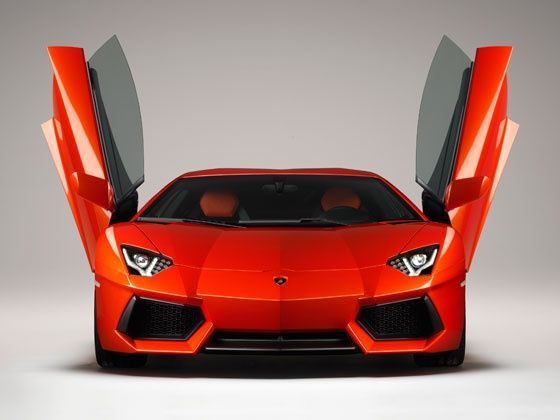
Probably one of the most awaited car of year, if not the decade, has been Lamborghini’s new V12 engined flagship – the car which was to replace the much loved big bad bull, the Murcielago. After countless spy pics of the camouflaged body, later pics of the all-new engine and recently a photo feature of the new full carbon fibre monocoque chassis, the Sant’Agata based supercar maker has finally let fans feast their eyes on the real Aventador at the 2011 Geneva Motor Show.
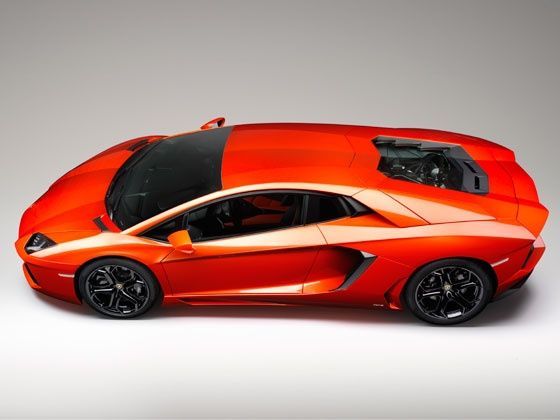
Though taking a look at this new king of bulls might lead one to believe that it’s just a colourful version of the Reventon, Lamborghini’s super-exclusive variant of the Murcielago, the truth is far from it. The Aventador has been designed completely fresh from the ground, and doesn’t share more than a couple of nuts and bolts with the outgoing Murcielago. The Aventador’s high-tech carbon fibre monocoque chassis is hidden under a sharp design that shares the silhouette with the Murcielago, along with some design elements from the Gallardo and the edges of the Reventon. But even with all the shared design language, overall the car manages to look quite fresh and is very much what a new Lamborghini from the year 2011 should be like. The cutting edge chassis, which with its carbon fibre monocoque and aluminium front and rear sub frames provides excellent torsional rigidity and weighs in at just 229kg, allowing for some serious weight saving overall. The Aventador weighs just 1575kg – a full 90kg less than the Murcielago LP640-4.
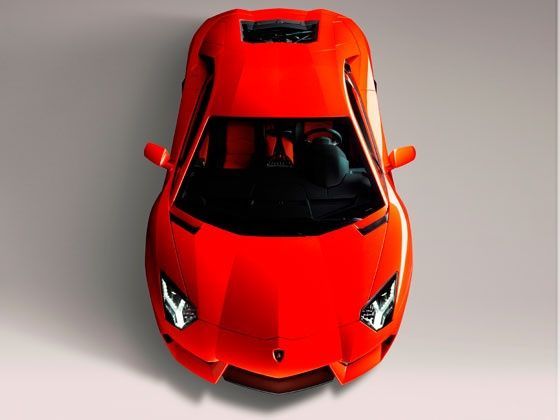
Connecting the chassis to the wheels is an equally advanced suspension – a double wishbone-with-pushrod system using horizontal dampers. Drawing on F1 systems, it keeps the wheels perfectly aligned regardless of where the terrain might shunt them through the arc of suspension travel. The system allows the company to give the springs a bit of ride softness without compromising the handling precision. The Aventador also retains the marque's signature front-end hydraulic lift, giving the car 40 mm of extra lift on the nose to deal with speed bumps and driveway lips.
